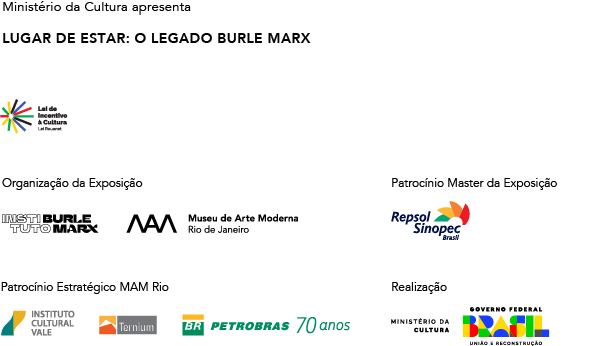Botafogo Beach Parkway
Rio de Janeiro (RJ), 1946 – 1954
Landscape architect: Roberto Burle Marx
Botanist: Luiz Emygdio de Mello Filho
Municipal listing
In the 1940s, Rio’s coastline underwent important urban transformations, with the construction of areas of reclaimed land with the aim to directly connect the central and south areas of the city. In this context, reclaiming the waterside strip in the Botafogo neighbourhood made it possible to double the space for the roads and to create a landscaping project that introduced new concepts about landscaping and afforestation. The proposal, which resulted from a partnership between Roberto Burle Marx and botanist Luiz Emygdio de Mello Filho, then director of the Department of Parks and Gardens, was inspired by the North American parkway model, in which an urban green area is combined with wide avenues for traffic.
The project took into consideration the fact that the movement of vehicles along the expressway makes it possible to perceive spots in the landscape. Aiming to break the monotony of the shades of green, vegetation with different textures, volumes and colours were introduced, so they could be seen both in fast-moving cars and by pedestrians. This project aimed at the expansion of the city, and demonstrates the government’s concern with modifying the local geography through the growth of the automobile industry which, at the time, was beginning to influence life in the cities. Burle Marx’s participation guaranteed an urbanisation in dialogue with the local vegetation, creating landmarks in the Rio landscape even after the passage of time and the loss of some elements from the original project.
